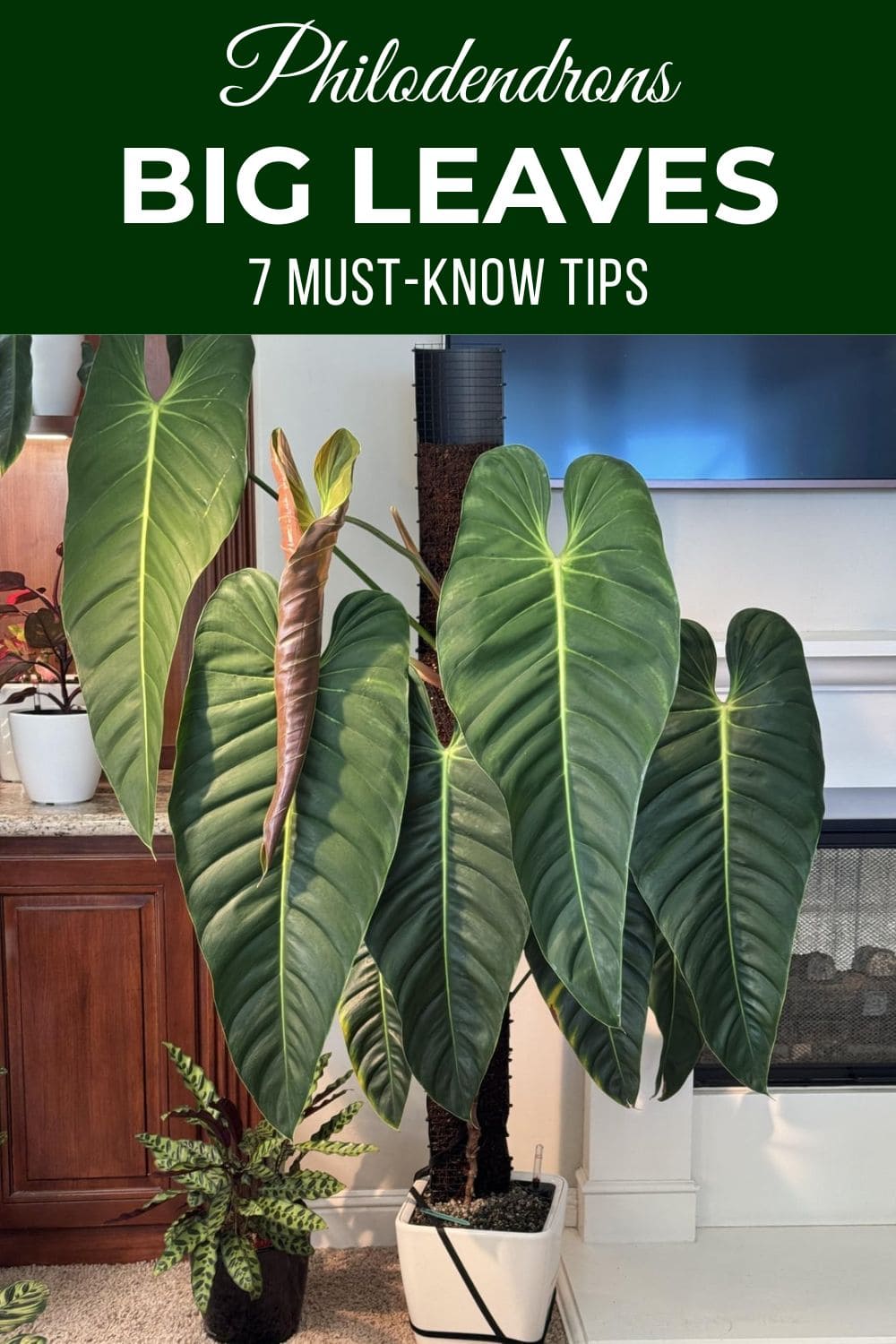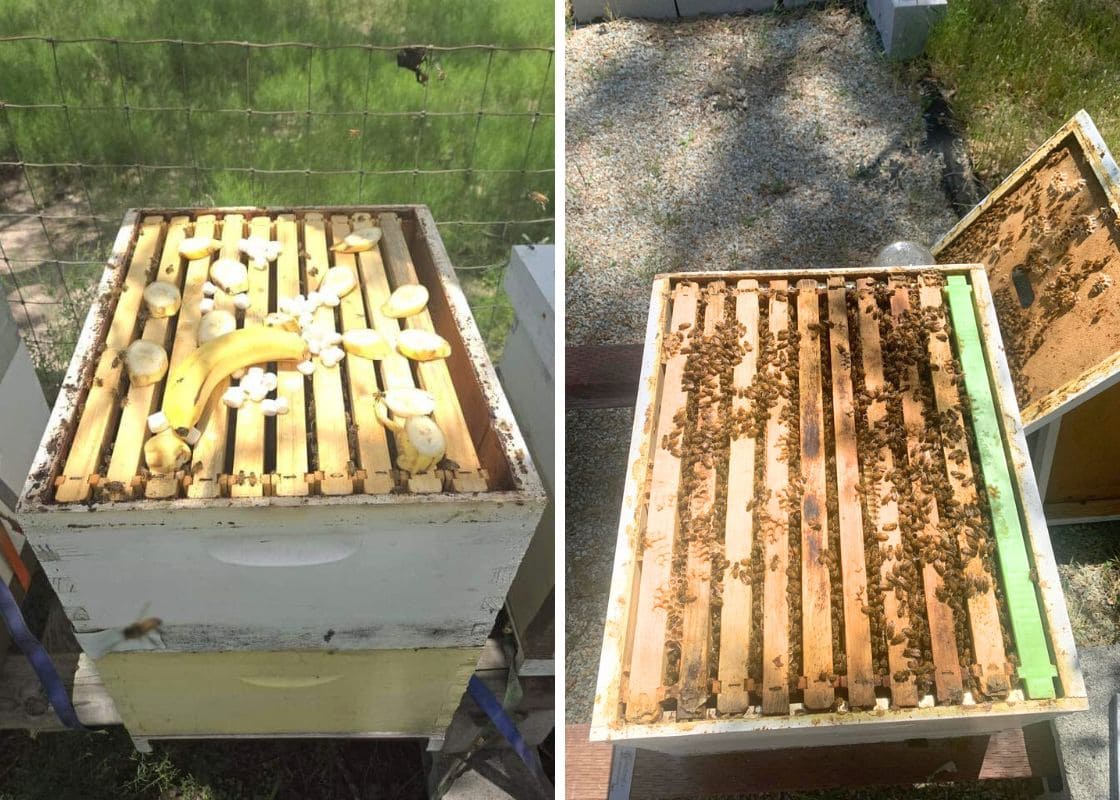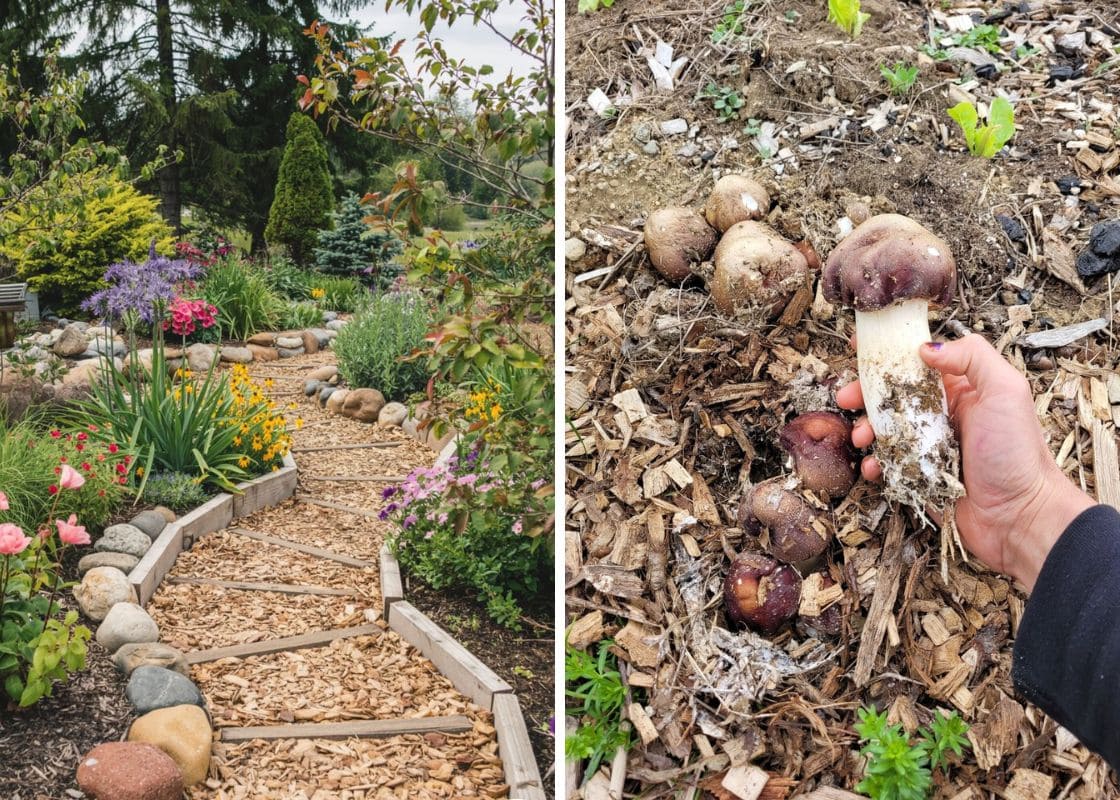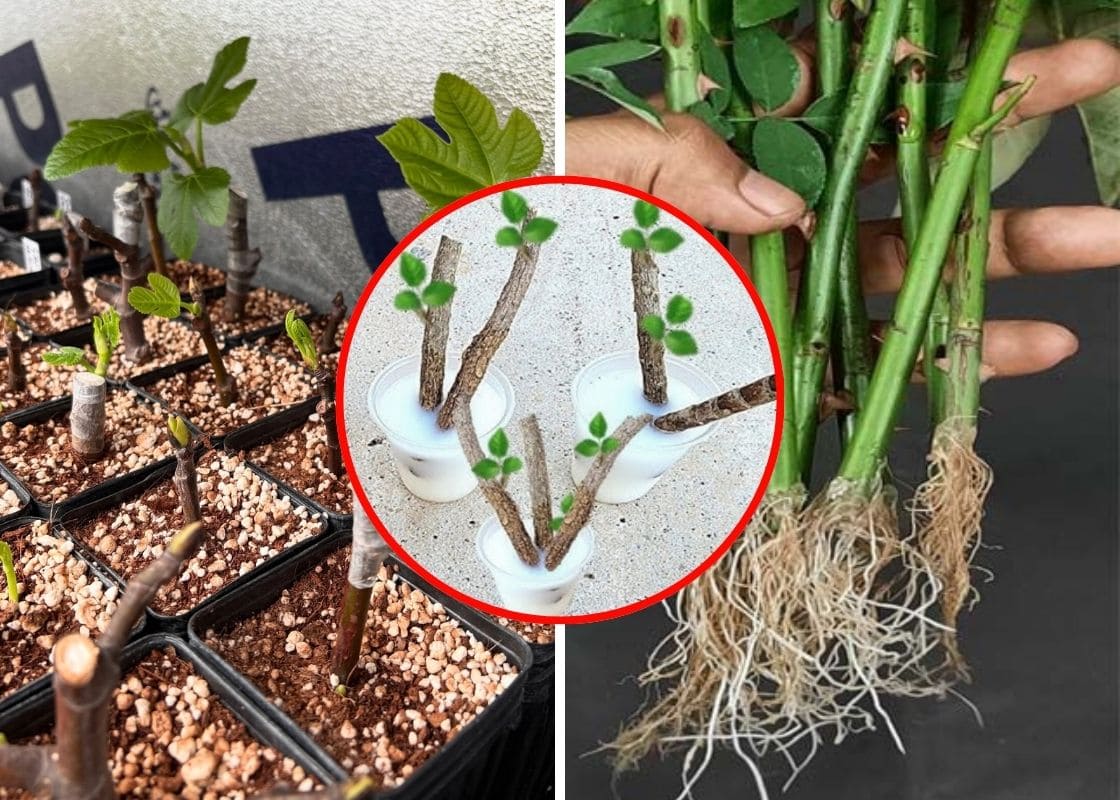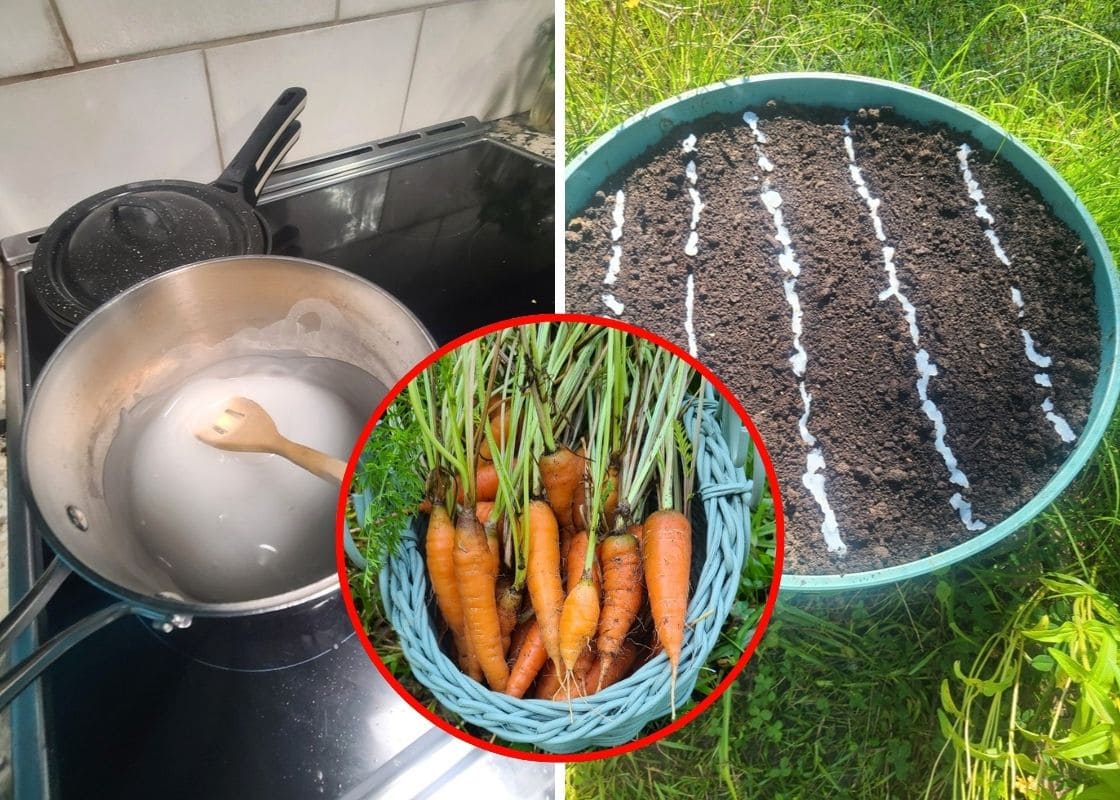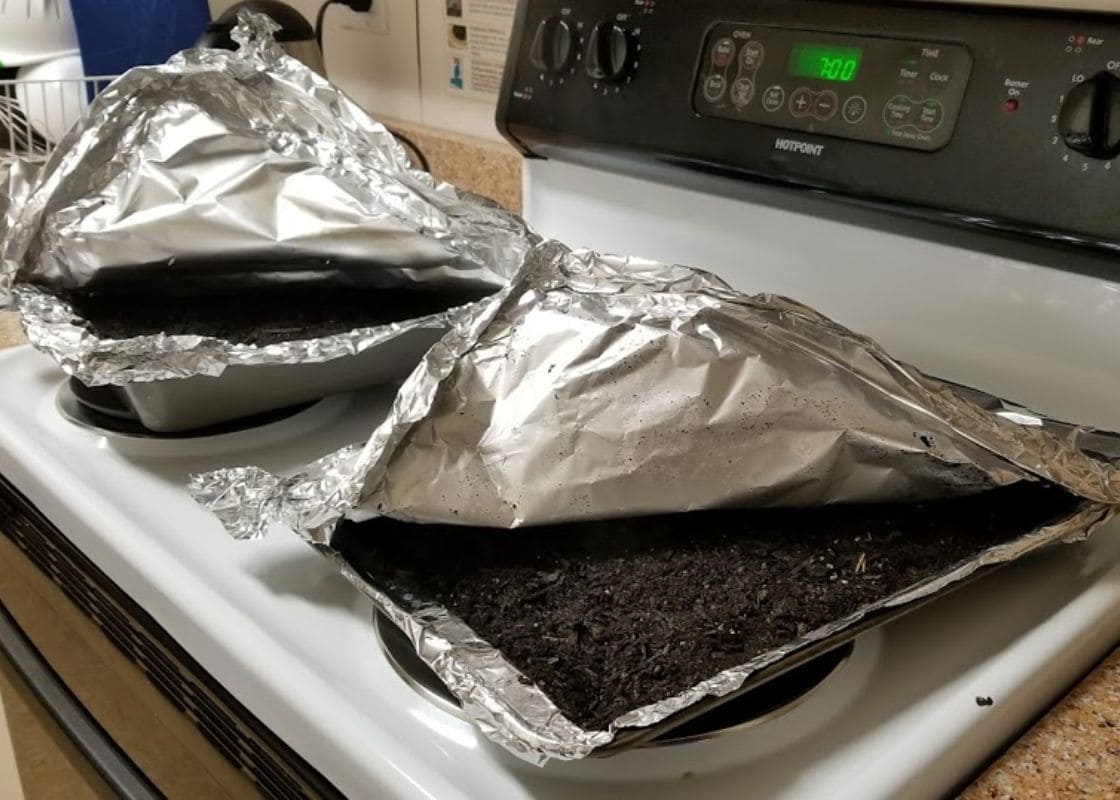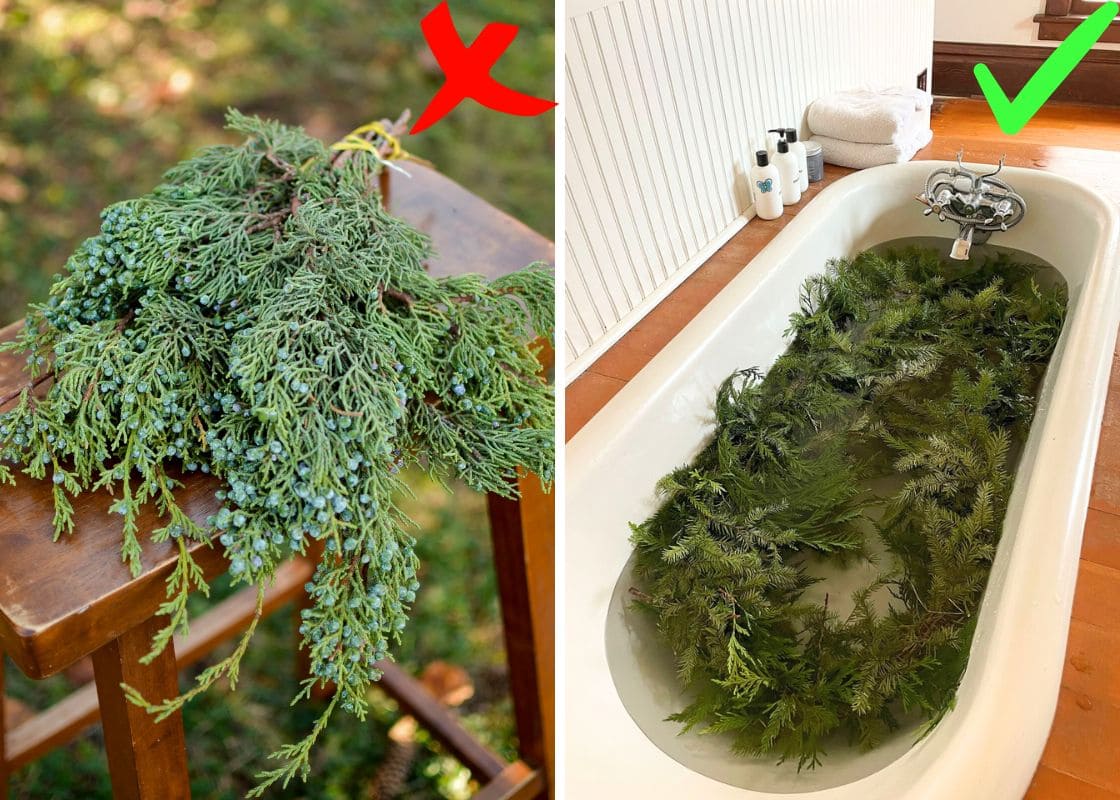Philodendrons are natural statement-makers.
Their lush, bold foliage can transform any space into a tropical retreat, and the larger the leaves, the more dramatic the effect.
But getting those oversized, glossy leaves doesn’t happen by accident, it requires the right combination of variety, care, and environment.
If you’ve been wondering how to encourage your philodendron to grow the biggest leaves possible, here’s a detailed guide with everything you need to know.
Start with the Right Variety
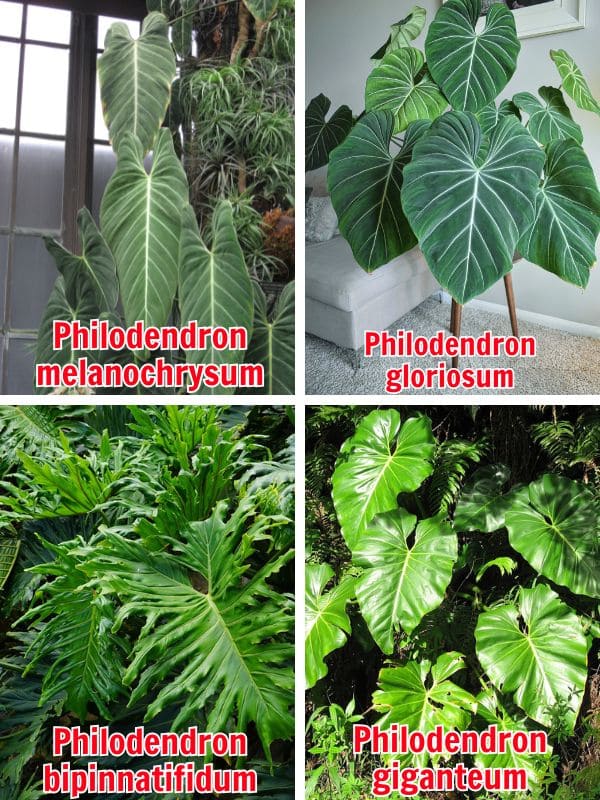
Not every philodendron is destined for giant foliage.
Trailing species like Philodendron hederaceum or ‘Brasil’ tend to stay modest, while climbing and self-heading types can grow leaves the size of dinner plates or bigger.
If big leaves are your goal, consider varieties like:
- Philodendron melanochrysum: Heart-shaped leaves that can reach 2 feet long when mature on a moss pole.
- Philodendron gloriosum: Velvety leaves with striking white veins that expand impressively in size.
- Philodendron bipinnatifidum (selloum): Self-heading with deeply lobed, giant foliage perfect as a floor plant.
- Philodendron giganteum: Aptly named for its massive, lush green leaves that can dominate a room.
Choosing a species that’s genetically inclined toward large leaves gives you the best foundation to work with.
Give It Plenty of Light
In their natural habitat, philodendrons grow beneath tall canopies but stretch toward dappled sunlight.
Indoors, that translates to bright, indirect light. Without it, plants conserve energy and produce smaller leaves.
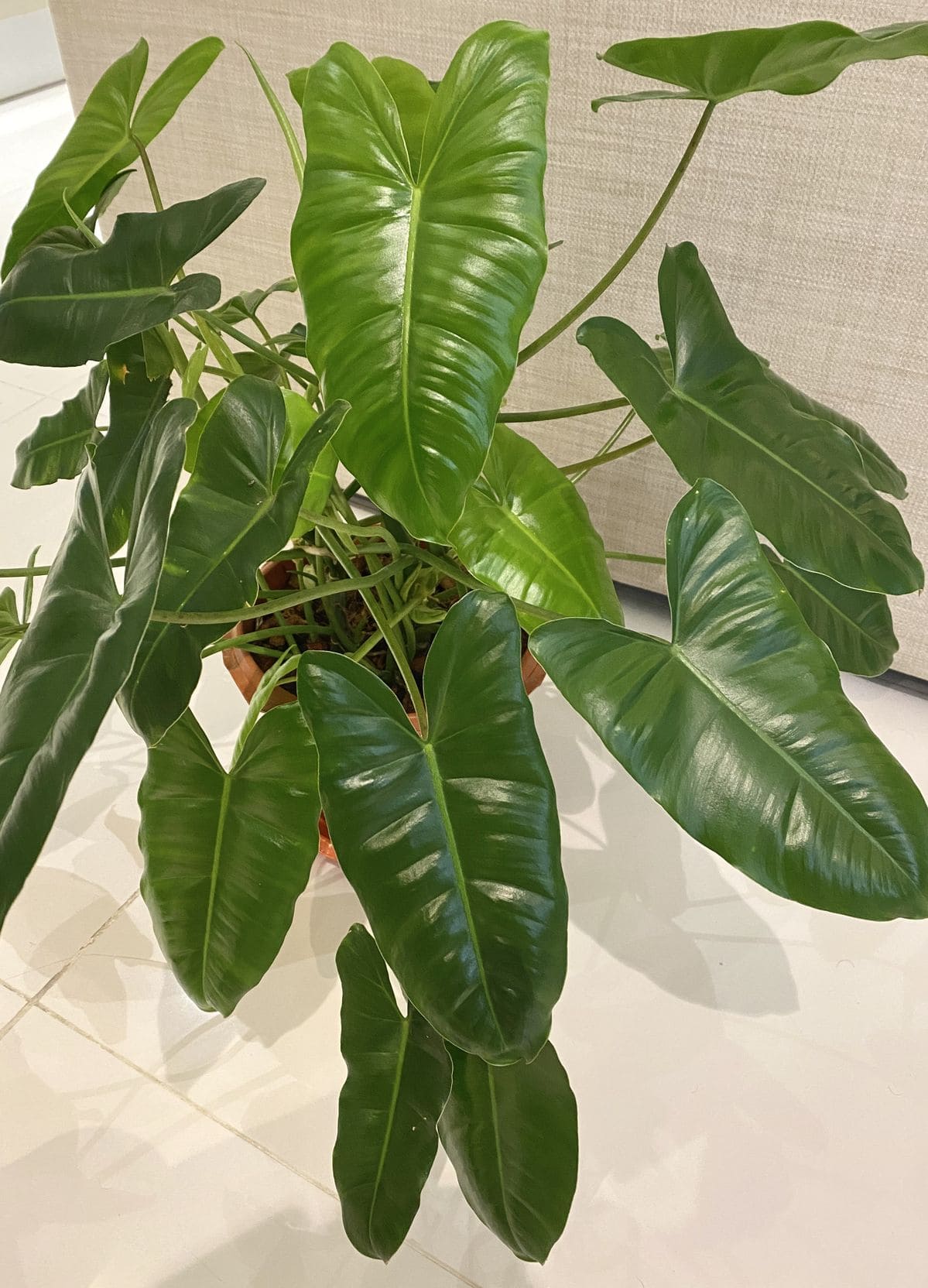
Place climbing philodendrons near an east or south-facing window filtered with a sheer curtain.
Outdoors in warm climates, they thrive in morning sun with afternoon shade.
If your home is darker, supplement with a grow light.
Over time, you’ll notice each new leaf emerging larger than the last when the plant receives steady light.
Support Climbing and Sprawling
Many philodendrons are natural climbers. As they ascend trees in the wild, their leaves get progressively larger with height.
Indoors, you can mimic this by offering support such as moss poles, wooden trellises, or coir totems.
Climbing varieties like melanochrysum or verrucosum reward you with significantly larger foliage once they establish a strong grip on a support.
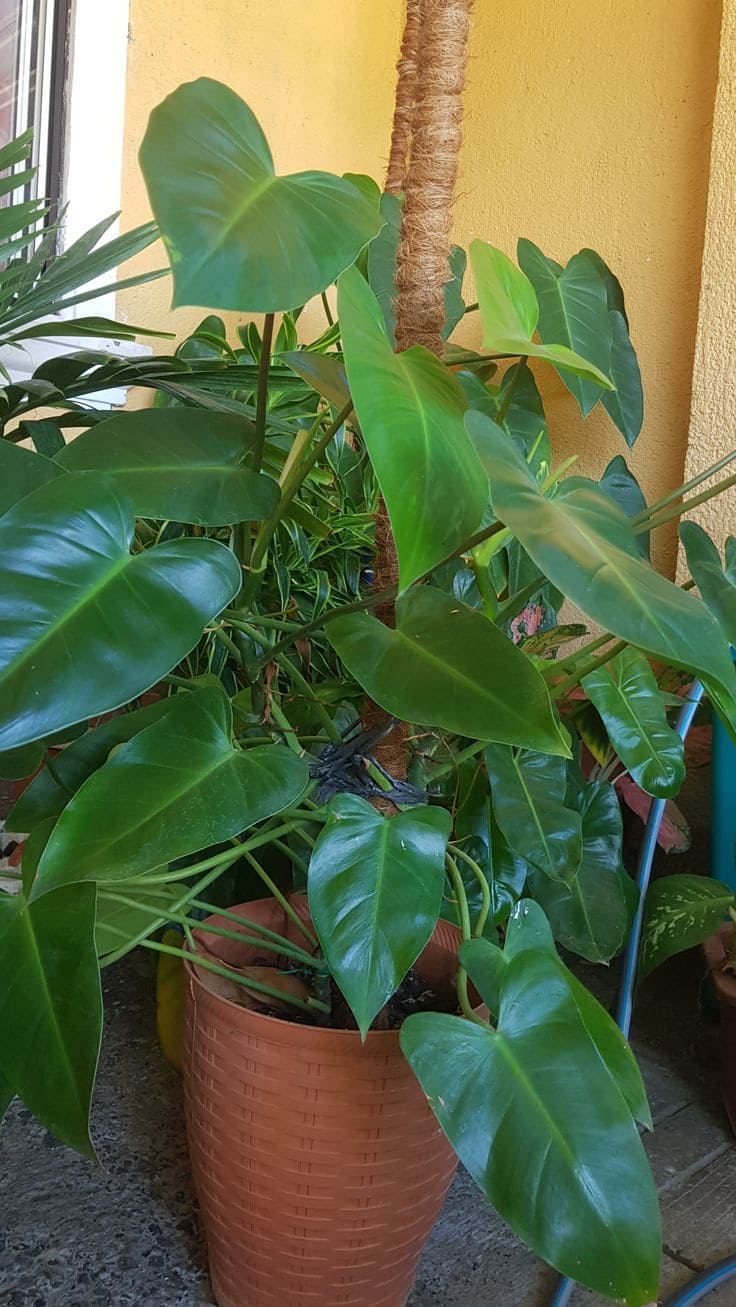
For self-heading types, provide space for the plant to spread outward.
Large containers and room to expand encourage those signature oversized leaves.
Feed for Big Growth
Leaf production is energy-intensive, and philodendrons rely on regular feeding for maximum size.
A balanced fertilizer with a slight emphasis on nitrogen supports strong, leafy growth, while phosphorus ensures resilience and vigor.
During spring and summer, feed every 2-3 weeks with a diluted liquid fertilizer. In fall and winter, scale back as growth naturally slows.
For climbers, pairing fertilization with moss poles creates the perfect duo: nutrients fuel growth, while support allows leaves to expand to their genetic potential.
Maintain Humidity and Warmth
Philodendrons hail from tropical rainforests, so humidity and warmth are critical to leaf size. Aim for 60-70% humidity indoors.
You can achieve this with a humidifier, grouping plants together, or placing them on pebble trays with water.
In dry climates, misting occasionally helps but isn’t as effective as stable humidity levels.
Temperature also plays a role. Ideal ranges are 65-80°F (18-27°C).
Avoid cold drafts, sudden temperature changes, or air conditioning vents, as stress from fluctuating conditions limits leaf growth.
Water the Right Way
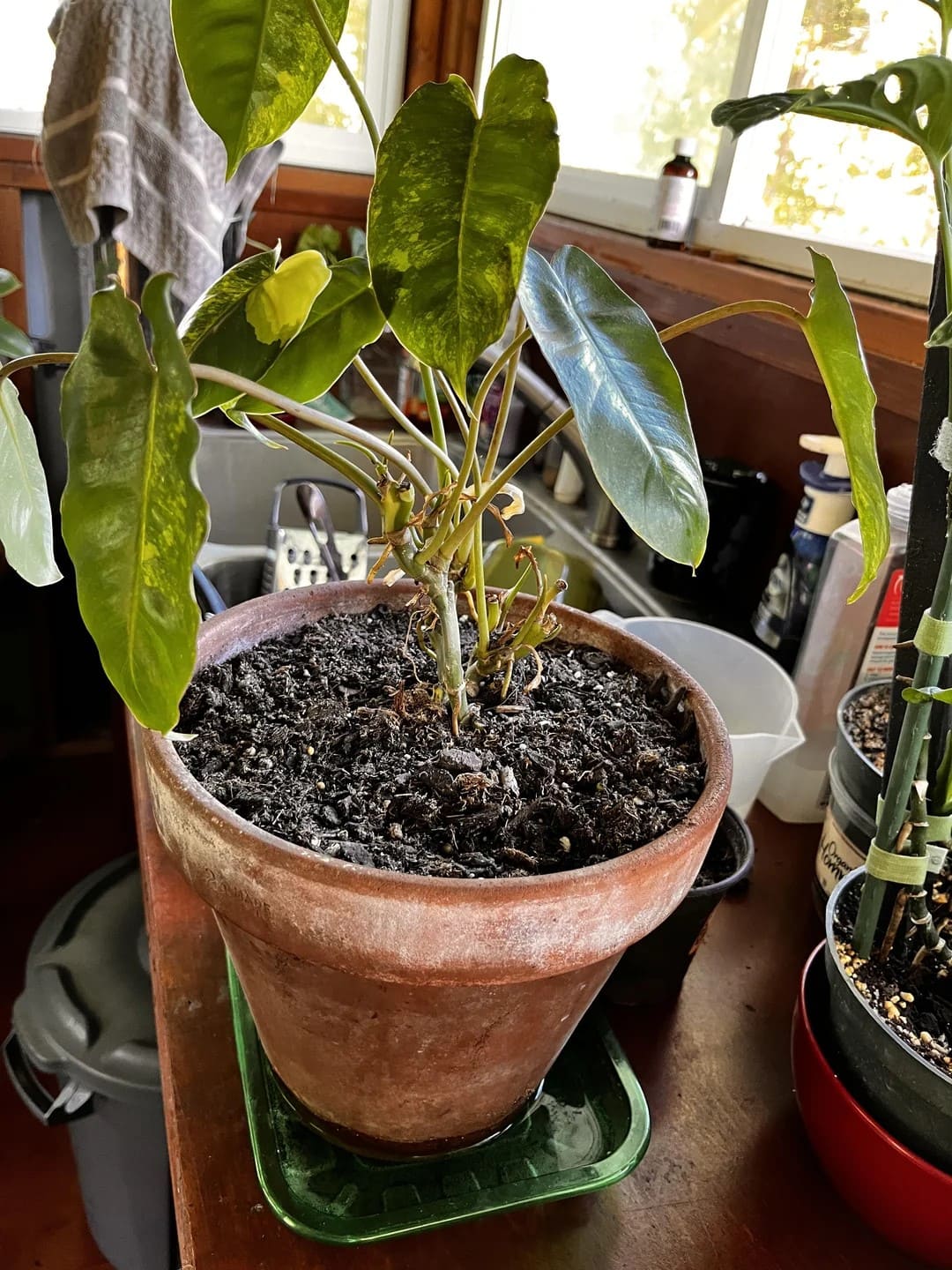
Consistent watering supports steady leaf development.
Letting soil dry too much between waterings stresses the plant and results in smaller leaves, while constant sogginess leads to root rot.
The sweet spot: allow the top inch of soil to dry, then water thoroughly until it drains out. Always empty saucers afterward to avoid standing water.
Using a chunky, airy soil mix like one made of potting soil, perlite, and orchid bark prevents waterlogging while still holding enough moisture for roots to thrive.
Repot for Space and Strength
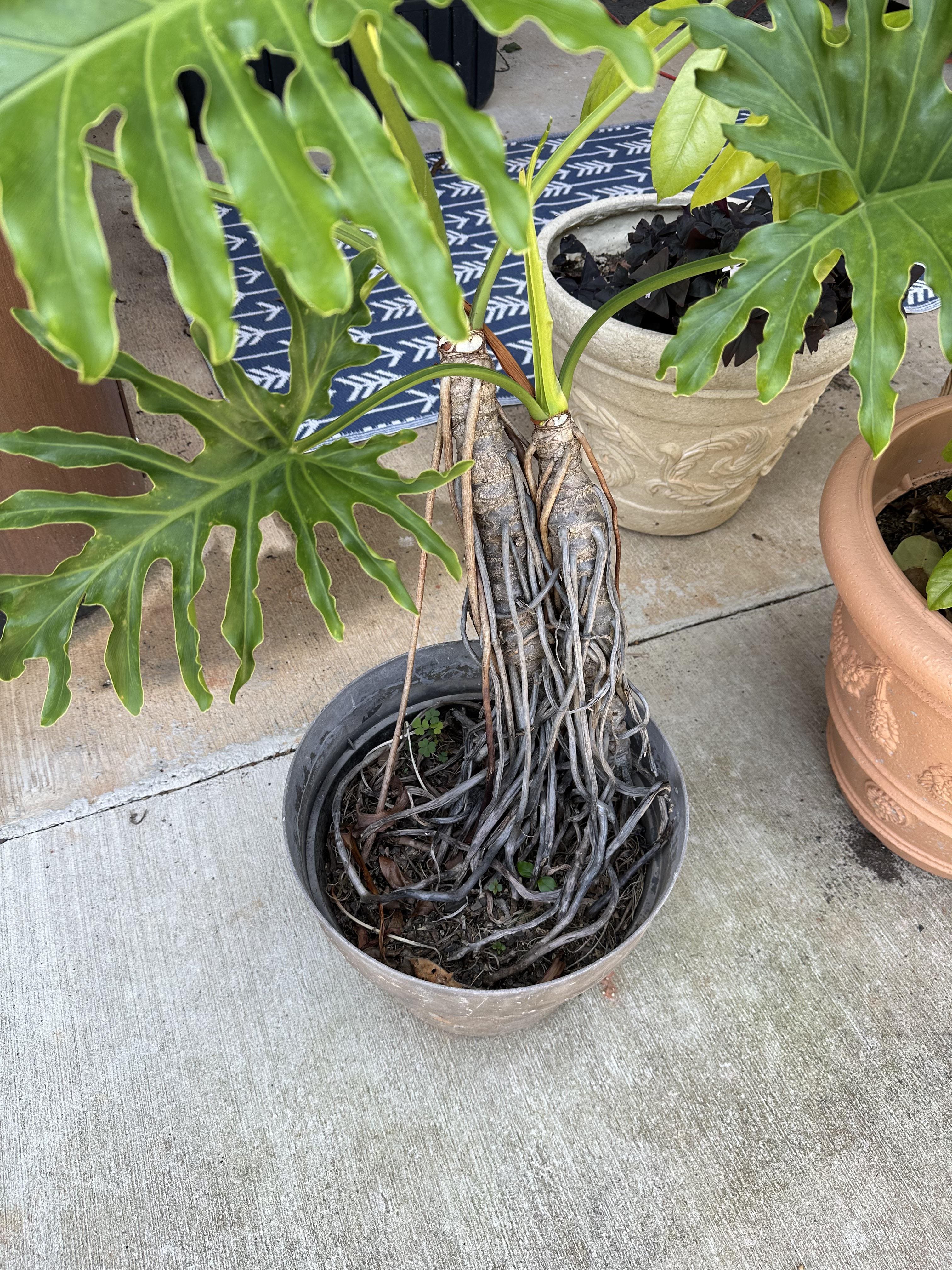
Philodendrons with cramped roots can’t support large leaves. Every 1-2 years, check if your plant is root-bound.
If roots circle the pot or push up from the surface, it’s time to repot. Move into a pot just 2-3 inches wider than the current one.
Oversized pots hold too much water, which can backfire, so gradual upsizing is best.
Fresh soil also replenishes nutrients and creates a healthier root system, both of which fuel larger, more dramatic leaves.
Final Thoughts
Growing philodendrons with giant leaves is less about luck and more about consistency.
By choosing the right variety, giving plenty of light, offering support, feeding generously, and maintaining the warmth and humidity these plants crave, you’ll unlock their true potential.
Over time, you’ll notice each new leaf emerging bigger and bolder.
